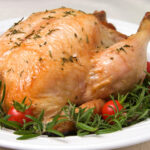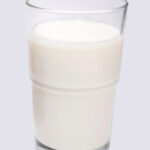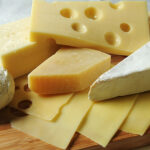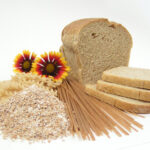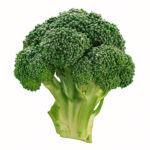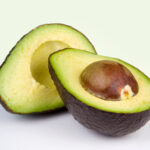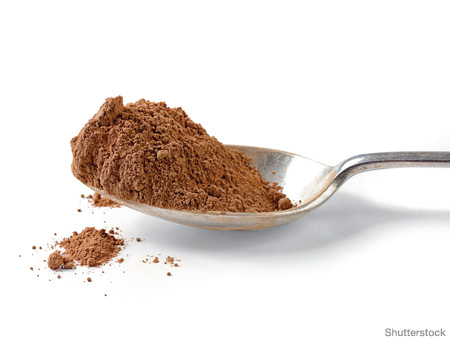
Superfoods for Kids
This post is also available in / Esta entrada también está disponible en ESPAÑOL (SPANISH)
The term Superfood is used to describe foods with a high phytonutrient content, which when added to our daily diet can have health benefits.
Every parent wants their child to have a fully balanced diet; and every parent knows that achieving this will give their child a head start on a healthy life. However, not all parents are able to get their children to eat the healthy foods that are loaded with the vitamins and minerals their bodies need for proper development.
Being a parent myself, I did a little research on the Top Superfoods our kids should be eating. If we can get them to incorporate at least some of these into their diet, we are already doing a good job. At The Foodies’ Kitchen we will be looking for and testing recipes that include these Superfoods for Kids so you can try them at home with your kids!
Helga
Top Superfoods
In my research I found these to be the top superfoods:
Chicken / Beef:
Chicken: Is not only a high protein and low fat meat, but it is also packed with Vitamin B which is important for energy production and heart health.
Beef: It contains Vitamin B and is high in protein, it is also high in niacin, zinc and iron which growing bodies need. beef is also a great way to get some brain-developing choline into your system, more so than any other meat. That cholesterol and fat that adults try to avoid is actually good for young kids and their developing bodies and brains.
Try it in: Chicken nuggets and Bolognese pasta sauce, both kid approved dishes.
Eggs:
Eggs are definitely a superfood because of their high proteint content. But that’s not all, they also contain more than a dozen necessary vitamins and minerals, and contain a huge concentration of choline a nutrient vital for brain development in young children.
Try it in: Try dressing them up in a cheesy omelet with ham.
Milk:
Milk has both calcium and phosphorous, two minerals vital for healthy bone development, it also contains protein, energy fueling carbohydrates, Vitamin A and magnesium to help grow not only healthy bones, but teeth, hair and nails too. In the USA milk is fortified with vitamin D. In Guatemala, we can find whole milk fortified with vitamins A, C, D, Folic Acid and Iron. It is not recommended that you give your child skim of low fat milk; they need the fat in whole milk for brain development.
Try it in: Most kids like the taste of milk because of its association with cookies and cereal, so you can use this to your advantage to get milk into their system.
Berries:
Berries such as blueberries, strawberries and raspberries are all key to providing potassium, vitamin C, fiber, carbohydrates and free-radical fighting antioxidants. Add the fact that there’s very little fat and no cholesterol and it should be clear that fresh berries are a must on every kid’s menu. Since berries are sweet, your child will probably enjoy the taste, which is an added bonus.
Try it in: Simply cut fresh berries to give as a snack, use them to top cereal, blend them to add to milk as a smoothie.
Fish (Salmon):
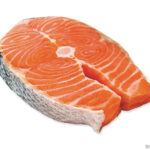
Fish, specifically Salmon is a cold-water fish that contains healthful fats known as omega-3s that can lower the risk of heart disease. These nutrients may also help improve mood and prevent memory loss.
Try it in: Baked with a citrus sauce, or hide it in pizza! Try mozzarella, mushrooms and salmon with some dill.
Yogurt:
Every serving of yogurt contains calcium, protein, carbohydrates, vitamin B, zinc and phosphorus. Try to purchase yogurt with active cultures which will benefit your child’s immune system and promote intestinal health. All-natural yogurt with fresh fruit will add even more nutritional value, and you will avoid the added sugar in artificially flavored yogurt.
Try it in: Blend fruit puree into natural yogurt and freeze for a substitute to ice cream.
Cheese:
Cheese is a great superfood because kids love to eat it. Little do they know it’s also chock full of calcium, protein and vitamin B12. Not only that, but cheese contains phosphorus, a bone-building mineral. And if all of this wasn’t enough, studies have shown that eating cheese after a meal can help prevent dental cavities.
Try it in: Melted grilled cheese sandwich, cut cheese into cubes for a healthy snack.
Whole Grains:
Whole grains can be found in cereals, crackers and bread, which are usually food children enjoy to eat. As parents we have to be careful and pay attention to the labels, specifically the back labels where all the nutritional information is.
Try it in: Avoid cereals with a lot of added sugar and artificial flavoring, opt for much healthier ones like Honey Nut Cheerios, for example.
Vegetables:
Broccoli & Spinach:
Broccoli: It is loaded with fiber, and plenty of vitamins and minerals, which helps your child’s eyesight and helps to ward off cell damage. Eating it raw is the best way to ensure that your child gets all those nutrients, but that may be a tough sell to the little ones.
Try it in: Simple is better, steam them and add some lemon, serve as “little trees”, which is an idea they love.
Spinach: An excellent source of iron, calcium, and folic acid, along with vitamins A and C, spinach is great for growing bones and brains.
Try it in: Stir it into hot soups, toss it into your tomato sauce, and tuck it into quesadillas.
Sweet Potatoes:
They provide a great source of nutrition and they taste so good, you won’t have to twist your kid’s arm to eat them. These tasty vegetables contain potassium, vitamin C, fiber, folic acid, vitamin A, calcium and iron, to name a few. Sweet potatoes rank as one of the most nutritional vegetables on the planet.
Try it in: Treat sweet potatoes just like you would any other potato. They can be mashed, grilled, roasted or made into a delicious sweet casserole. The best bet to get your kids to eat them may be to make oven-baked sweet potato French fries.
Did you know?
Sweet potatoes are a great choice for diabetics because they help stabilize blood sugar.
Avocado:
Laced with monounsaturated “good” fats that may lower “bad” LDL cholesterol that can harm the heart, avocado is also a super source of soluble fiber, which helps stabilize blood sugar. And it’s full of vitamin E, which protects your cells from free radicals.
Try it in: Add it to sandwiches and salads, or mash it up with a little lemon.
Black Beans:
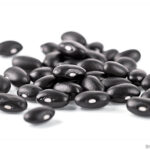
Beans are a great source of protein, as well as fiber and calcium — two things kids tend not to get enough of. The darker the color, the better they are,” says Beller. “They also help guard against heart disease and high cholesterol, which aren’t adults-only problems. Thankfully, black beans are already a traditional ingredient in Guatemalan cuisine, so let’s take advantage of it!
Try it in: Is there anything better than black beans with cream?
Cocoa:
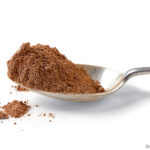
This one surprised me!. You probably think of the marshmallow-studded beverage, but cocoa powder actually has one of the highest concentrations of flavonoids, a compound known to improve blood pressure and heart and oral health. They may also protect skin from sun damage. Use at least 70 percent pure cocoa and check that it isn’t processed with alkali (also called “Dutch processed”), which removes most of the flavonoids. Ways to serve it (beyond hot cocoa): Sprinkle it on pancakes, waffles, or French toast, or melt some dark chocolate and dunk strawberries in it.
Try it: Use unsweetened cocoa, such as Hershey’s Cocoa Natural Unsweetened to make a cocoa beverage.
© 2010 – 2020, The Foodies’ Kitchen. All rights reserved | Todos los derechos reservados
This post is also available in / Esta entrada también está disponible en ESPAÑOL (SPANISH)

